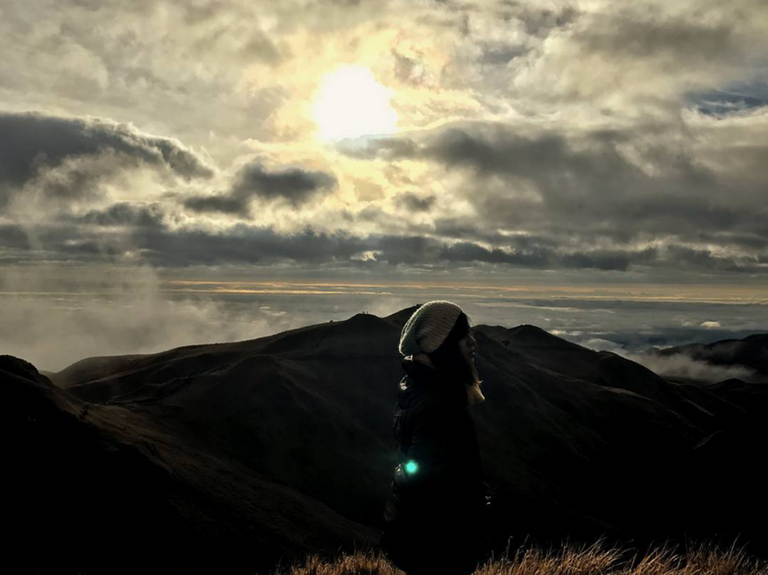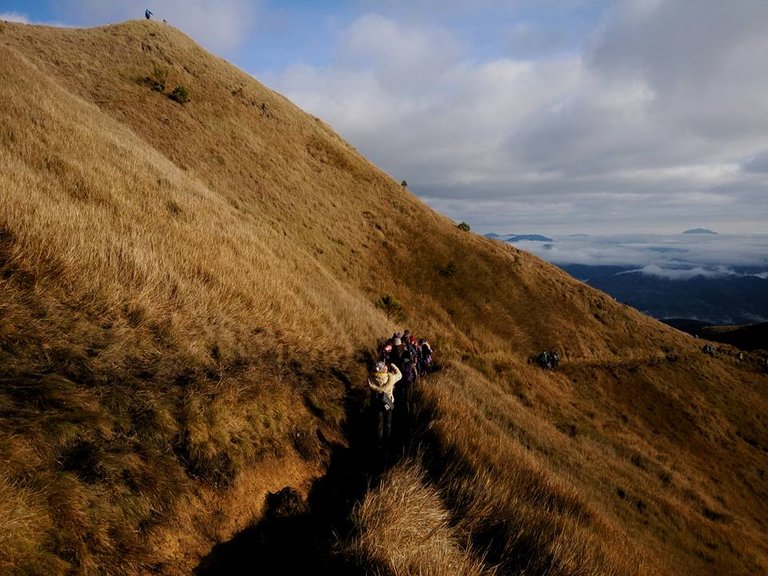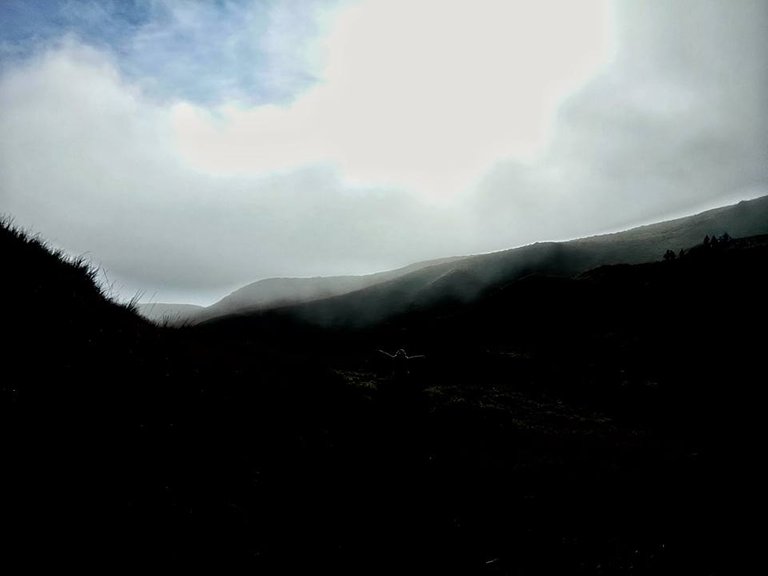
Pul-ag


Badabak Ranger Station


Campsites and Rules of Survival
Here’s a little breakdown: If you are camping from the ranger station, it will take 5-6 hours to the summit. The hike will start at 1:00 in the morning. On the other hand, if you are going to set your camp at camp 2 (from ground zero), you'd have to start by approximately 1:00-2:00 in the afternoon at day one and hike to the summit at 4:00 am on your day 2. Camp 2 is just 1-2 hours away from the summit.

- No fires, camping, swimming, or bathing near lake or streams.
- Wash away from the water sources
- Minimize use of soap
- Do not dispose waste near water sources
- No spitting
- Pack out all garbage and food waste
- Remove all traces of group and personal presence
- Leave what you find
- Uphold the sanctity of Mt. Pulag
- Visitors are required to register and secure a permit
- Collecting of plants and other wildlife is prohibited.
- Check drinking water and food packs
- Camping in the grassland is strictly prohibited.
Ridiculously Cold Weather
Fleece Jacket - base layer, Thermal Jacket - mid layer, Windbreaker Jacket, Rain Coat, Thick Gloves, Bonnet / Cap and Thick Socks


Sea of Clouds



And oh, this was a do-it-yourself climb by the way.

Always seek new adventures. It is always out there!
Chase sunsets.